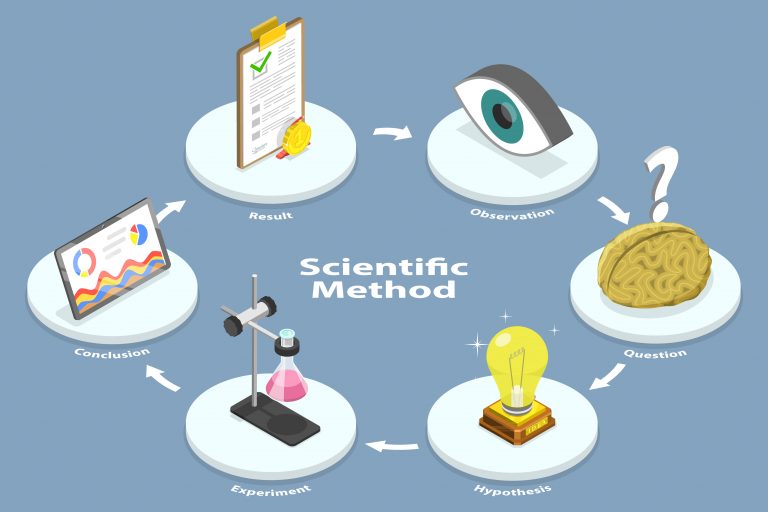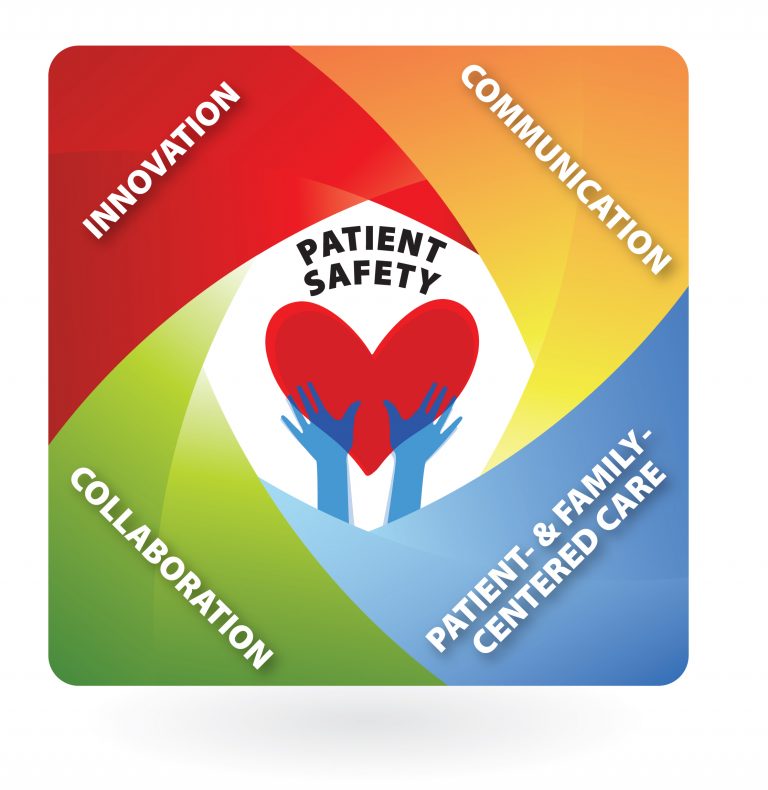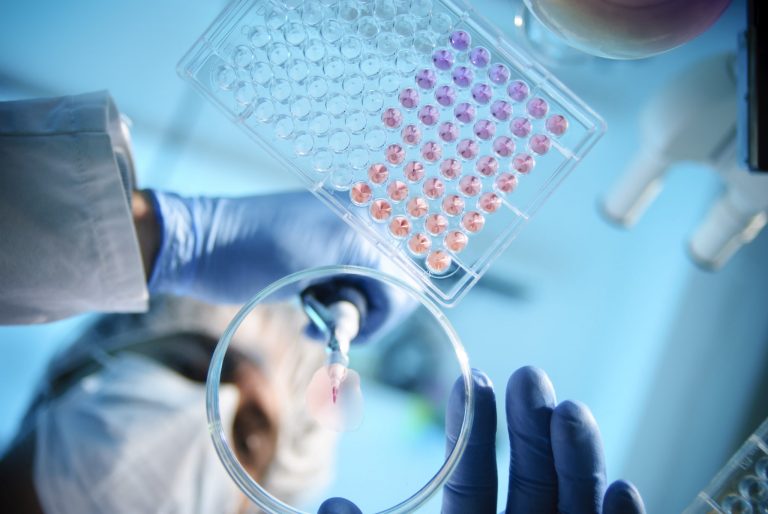Patients often have questions about the process of vetting new therapeutics in human experiments. Tests to investigate new drugs or treatments are called “clinical trials.” They are an integral part of the successful development of effective new drugs and treatments for a variety of conditions, including neurological ones. Clinical trials for new drugs are broken into 5 stages (phases) involving different numbers of volunteer test subjects to achieve various research goals. Phases 1-3 are the “meat” of a clinical trial; not all trials involve phase 0 or phase 4.

You might also see clinical trial phases stylized using Roman numerals – for example, “phase I” for phase 1, “phase II” for phase 2, etc.
Let’s break them down:
Phase 0
This is the first clinical test on human subjects, intended to see if the drug behaves the same way they anticipate based on how it worked in lab experiments. The number of participants recruited for a stage 0 trial is extremely low (10 to 20 people on average). The researchers also use a low dose.

Here, researchers use a variety of tools to assess human tolerance and efficacy, including physical checkups, blood testing, image testing, and biopsy (tissue analysis).
Phase 1
The phase 1 test group is slightly larger than phase 0 with 20-50 participants. The researchers look for any adverse effects to establish basic safety. They are also trying to determine how much of a drug is safe for humans and how the body processes and gets rid of the drug.
A common tactic in phase 1 is called “dose escalation” in which researchers give participants progressively larger doses to look for signs of unwanted side effects. This will help, later on, to come up with dosing guidelines for patients to use in real-world settings.
About 70% of drugs tested in phase 1 move onto phase 2.
Phase 2
After the basic safety of a new drug and the dose threshold are established, the researchers in phase 2 turn their sights on efficacy: does the new drug work as intended to treat the condition it is supposed to treat? The test group is larger in phase 2 than the previous phases, usually involving about 100 people. They continue to monitor patients for side effects.
Phase 2 trials can run in length anywhere from a few months to up to 2 years.
About 33% of drugs tested in phase 2 make it to phase 3 trials. You can see that the process from phase 0 through phase 2 has already eliminated a large portion of the proposed new drugs, usually due to inefficacy or potentially severe side effects.
After a drug passes through phase 2, the FDA often steps in to help prepare for phase 3.
Phase 3
This phase of the study can include potentially thousands of participants at multiple research facilities. The goal in this phase is to compare the efficacy of the new drug against the current standard treatment to determine if it is suitable for use in the population. They’ll look at various doses of the drug, various frequencies of administration, and various methods of administration to ideally find the most effective way to take the new drug. They also study how the drug might impact the quality of life of patients.
Phase III studies, which are much larger than the previous phases, take, on average, 1 to 4 years to complete.
Only about a quarter of drugs tested in phase III will make the cut to get final approval.
The Approval Process
After phase 3, a pharmaceutical company is eligible to apply for approval from the FDA (the ultimate licensing authority in the US) to produce and distribute the drug and, ultimately, to sell it to patients for the treatment of specified conditions. Until the FDA has approved a new drug, transporting it across state lines for marketing purposes is illegal.
The formal process requires the submission of a New Drug Application (NDA) or a Biologics License Application (BLA) for evaluation by the FDA.
Whether the required application comes in the form of an NDA or BLA depends on the product in development. Whereas a “drug” in this context is typically simply a novel molecule, a “biologic” is defined, according to Section 351 of the Public Health Service (PHS) Act, as:
“a virus, therapeutic serum, toxin, antitoxin, vaccine, blood, blood component or derivative, allergenic product, or analogous product, … applicable to the prevention, treatment, or cure of a disease or condition of human beings.”
In both the case of a BLA and NDA, the FDA is assessing — in addition to manufacturing processes, proposed labeling information, and other criteria — the thoroughness and rigor of the clinical trial to ensure that it complies with existing federal regulations.
Phase 4
The fourth and final phase of a clinical trial assesses the long-term impacts of a new drug after it has been approved for mass distribution. They compare the long-term benefits and risks.
Phase 4 is often termed “post-marketing surveillance” because it occurs after the drug is already approved and distributed to patients in hospitals and clinics across the US.
The benefit of phase 4 is its scale; the widespread use of a new drug or therapeutic provides a previously unavailable opportunity to assess its safety and efficacy on a population-level scale.
Often, despite the best clinical trial designs possible, researchers in phases 0-3 miss some potentially serious health consequences. They might also discover novel uses for the drug that wasn’t found in prior studies:
“Harmful effects discovered by phase IV trials may result in a drug being withdrawn from the market or restricted to certain uses. In this phase, further indications of drugs might be determined.”
Contact Child Neurology Center of Northwest Florida to Learn More About Clinical Trials
If you are interested in learning more about clinical trials and their critical importance for the development of breakthrough new drugs and therapeutics, we’re happy to answer your questions or concerns. In addition, feel free to contact us at our state-of-the-art facility for all of your questions related to the child neurology services that we provide to Pensacola families and the larger Northwest Florida community.




